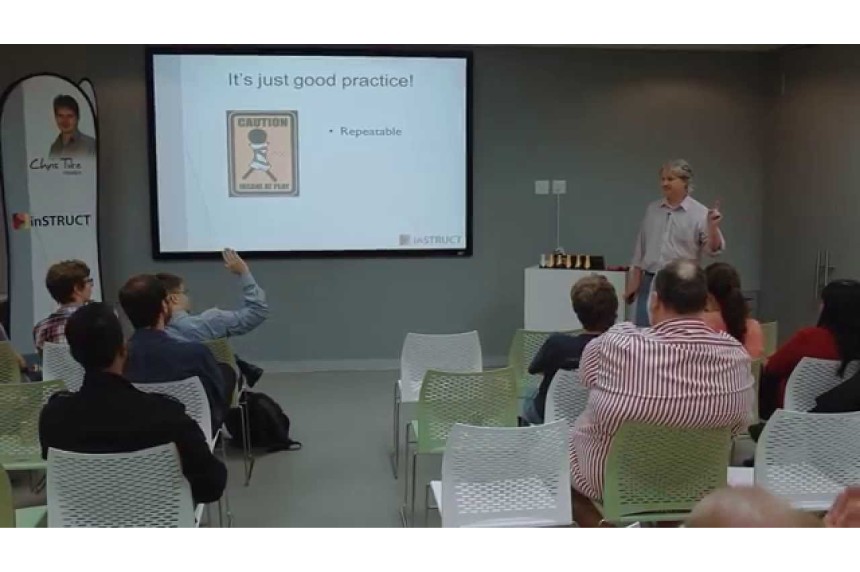The Fine Nine Principles for Modern Cloud Development
TL;DR
Modern cloud application development teams often neglect these nine critical principles, which can jeopardize project success:
- Externalize Configuration and Secrets: Keep configuration and sensitive data outside of the codebase.
- System Observability: Ensure the system is fully observable, allowing issues to be traced efficiently.
- Evolutionary Database Design: Design databases to evolve alongside multiple versions of the application.
- Version APIs and Interfaces: Enable multiple software versions to run simultaneously within the same environment.
- Automated and Relevant Testing: Focus on meaningful tests rather than achieving arbitrary coverage numbers.
- Static Code Analysis: Regularly analyze code for security, maintainability, and consistency.
- Clear Ownership of Interfaces: Assign a single team ownership of each API or interface to avoid overlapping responsibilities.
- Separate Deployments: Deploy components like the database, UI, and APIs independently to reduce coupling.
- Golden Data Set: Maintain a scripted, deployable data set to quickly set up or replicate environments.
Bonus Principles for Consultants:
10. Measure Everything: Use metrics to prove and prioritize improvements.
11. Document Everything: Record decisions and their rationale to prevent miscommunication or redundant debates.
Introduction
The Twelve-Factor App methodology, introduced in 2011, revolutionized software development by defining best practices for building Software-as-a-Service (SaaS) applications. While initially designed for Heroku, its principles remain relevant today as they transcend specific technologies like containers, serverless platforms, or single-page applications.
Building on that foundation, the Fine Nine highlights nine often-overlooked principles that are vital for modern cloud development. These principles, along with two additional consultant-specific practices, aim to address recurring pain points observed across projects.
1. Externalize Configuration and Secrets
Keep environment-specific data out of your codebase by using tools like Azure Key Vault. Build pipelines that produce artifacts deployable across multiple environments without modification. This ensures consistency and avoids deployment surprises.
2. System Observability
Build systems where every process is transparent. Use tools like Elastic Observability to monitor internal traffic, trace issues, and foster accountability across teams.
3. Evolutionary Database Design
Treat your database as code. Use schema versioning and avoid breaking changes, ensuring older application versions remain compatible with database updates. Tools like Flyway can manage schema migrations effectively.

4. Version APIs and Interfaces
Ensure APIs can support multiple versions concurrently. This approach enables phased rollouts, early feedback, and more controlled updates. Use API management platforms like Apigee for effective version control.
5. Focused Automated Testing
Prioritize meaningful tests over arbitrary coverage goals. Regularly run tests within CI/CD pipelines to catch regressions early and avoid stale, misleading test suites.
6. Static Code Analysis
Incorporate tools like SonarQube to enforce security and coding standards during development. Address issues as they arise to save time and improve overall code quality.
7. Clear Ownership of Interfaces
Assign each API to a single team to streamline decision-making, avoid conflicts, and ensure adherence to the single-responsibility principle.

8. Independent Component Deployments
Deploy each component (e.g., UI, APIs, databases) separately to reduce dependencies and improve resilience. This approach simplifies testing and ensures graceful degradation of functionality during failures.
9. Create a Golden Data Set
Develop a reusable, scripted data set to rapidly set up environments and eliminate reliance on manual processes or institutional knowledge. This approach reduces setup time and ensures consistency.
Bonus Principles for Consultants
10. Measure Everything
Leverage metrics to demonstrate improvements, prioritize optimizations, and prove the impact of changes.
11. Document Everything
Capture design decisions using tools like Lightweight Architecture Decision Records (LADRs) to maintain transparency and facilitate future discussions.
By adopting the Fine Nine (and the bonus principles), cloud development teams can mitigate common pitfalls, improve collaboration, and significantly enhance project outcomes.



